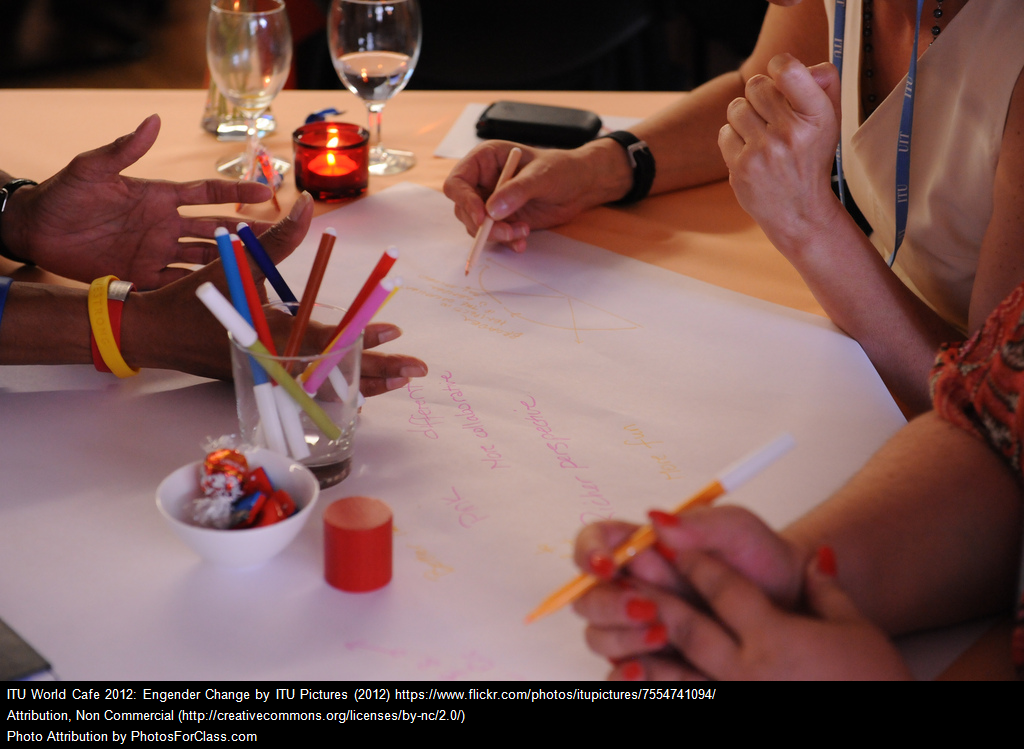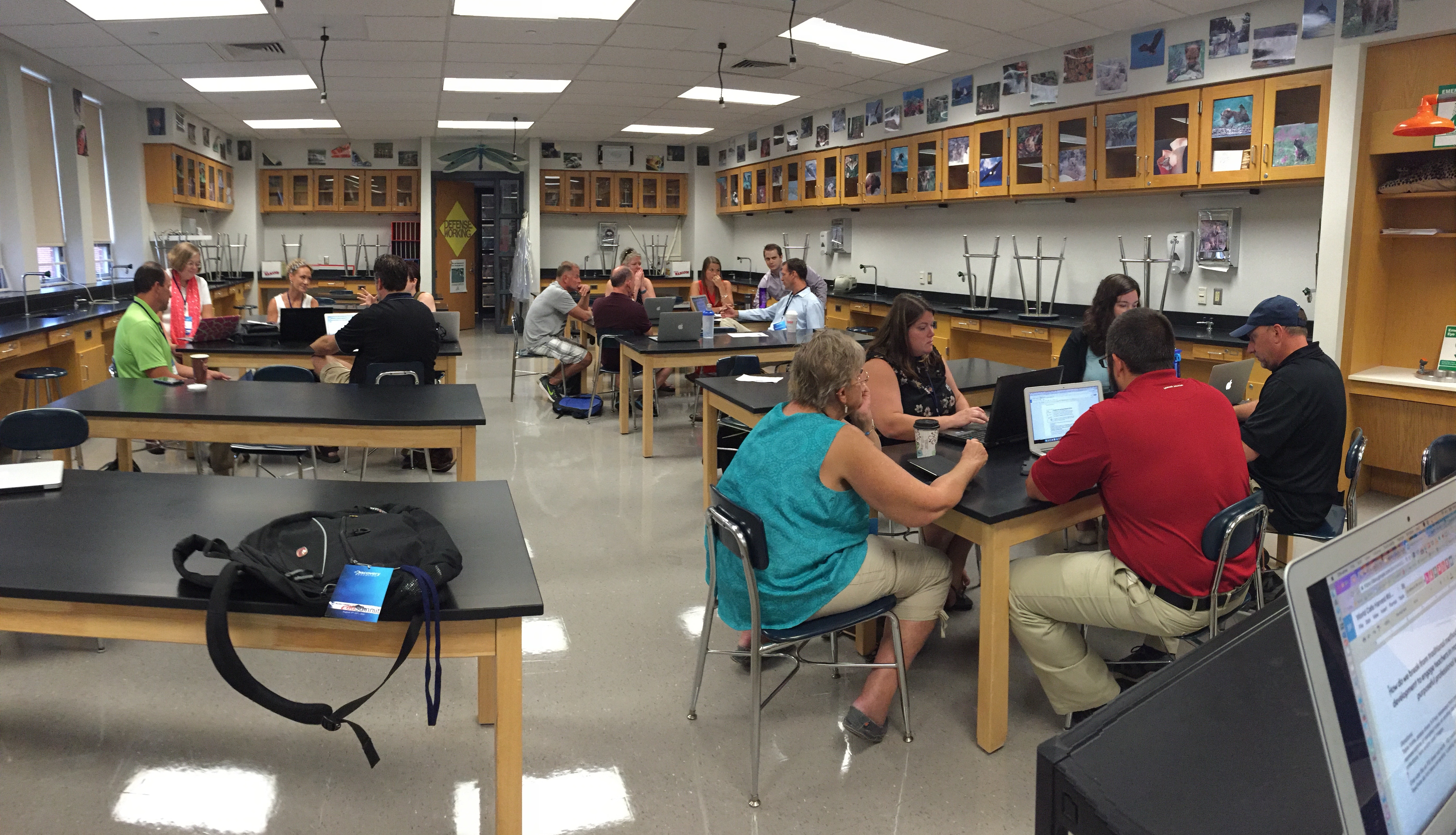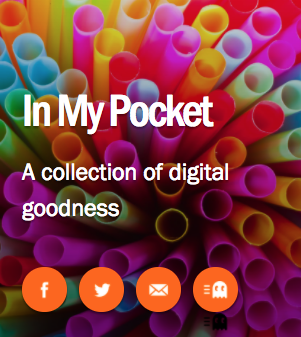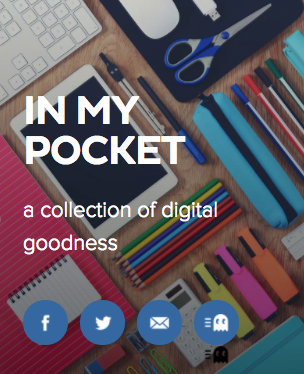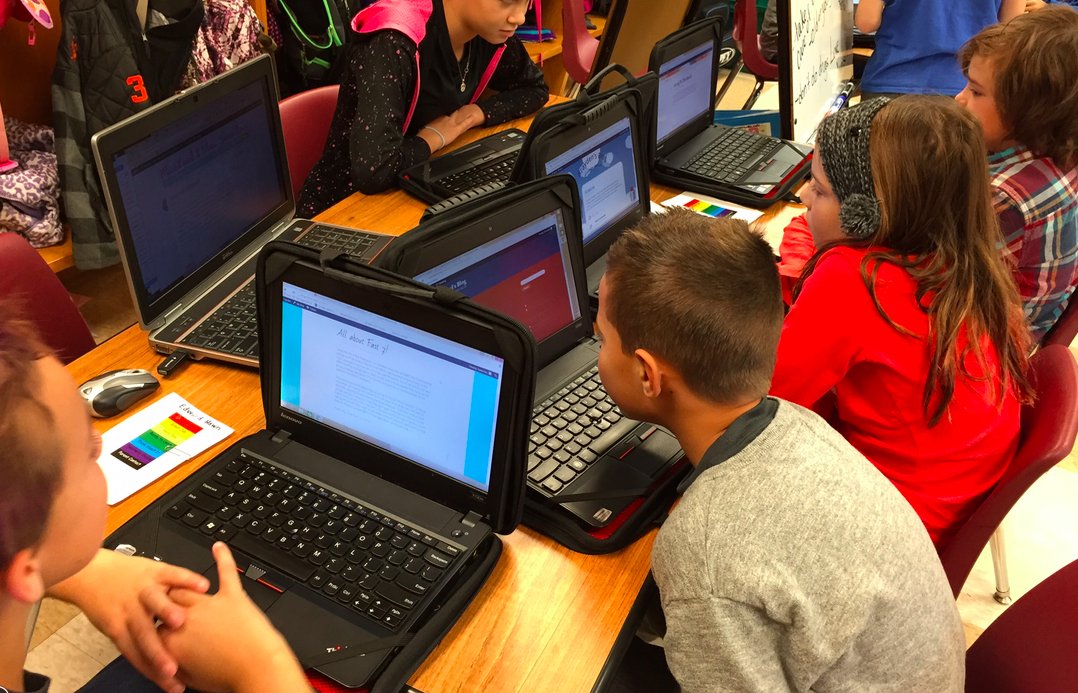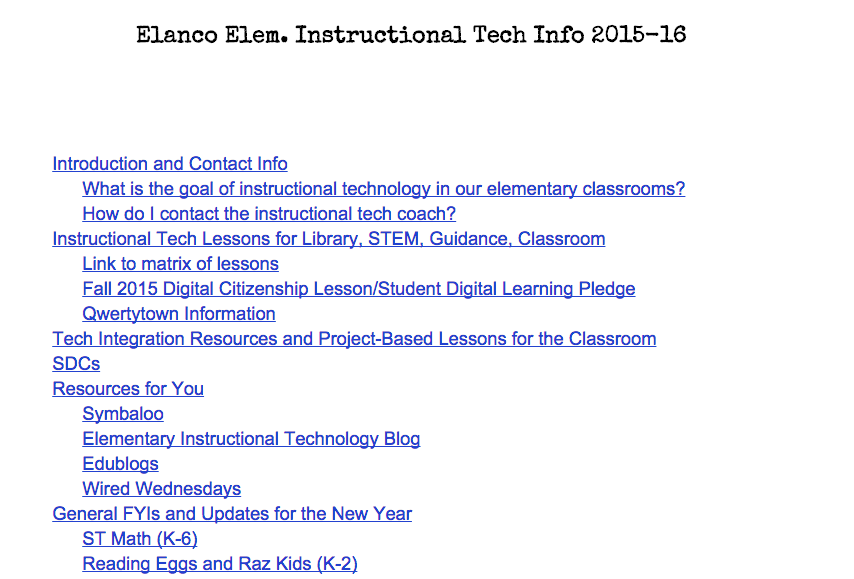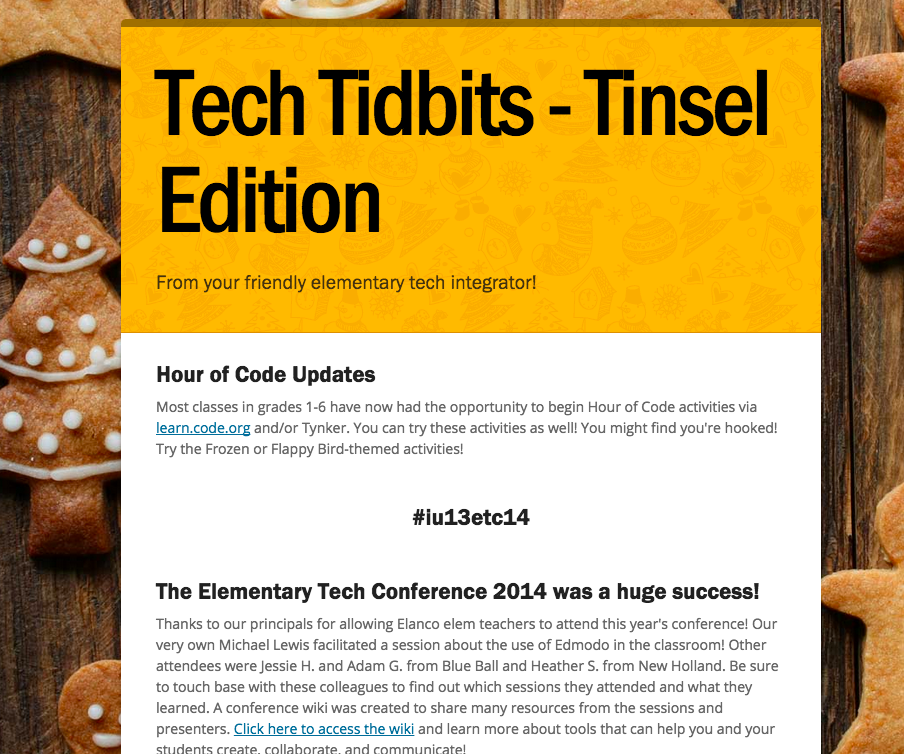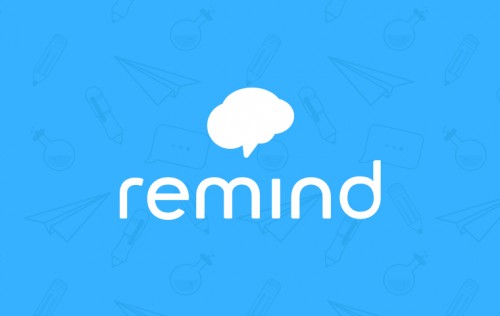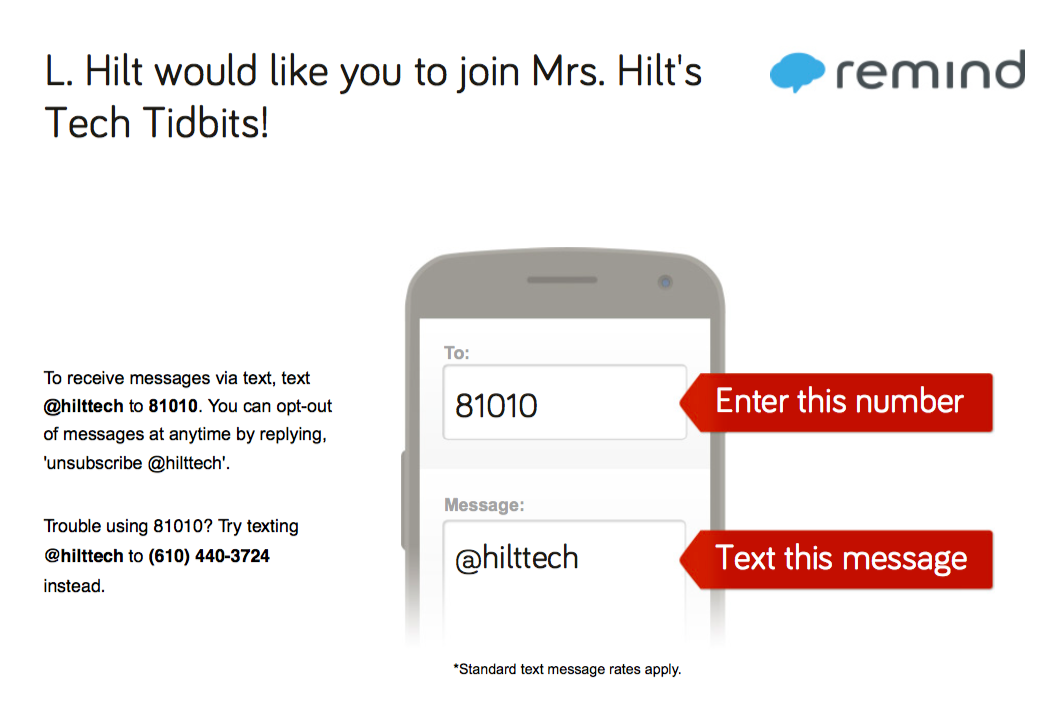
In January at FETC I’ll be sharing all about the power of personal/professional learning networks, and I hope you’ll join me! (Thursday, 1/26, at 4:20 PM) From the session description:
What’s a PLN, and why do I need one? This session will explore the power of networked learning for educators and administrators and how, through the use of digital technologies, there are numerous opportunities for educators to engage in professional learning with colleagues from around the world. Teachers and administrators congregate in powerful learning communities using tools such as Twitter, Google+, Instagram, and more to share resources, support and inspire, and challenge thinking to help us move forward as professionals. This session will explore the power of connected learning, how to begin establishing practices that will help you connect, and the ways in which connected educators transform teaching and learning for themselves and their students.
I’ve had the opportunity to talk with educators about the value in developing their own learning networks on several occasions. At Educon a few years ago Andy Marcinek and I delved deep into the topic of making sure your PLN is as relevant as possible and the need to reinvent your network. And on the local level, I’ve been advocating for (wait, begging) my fellow administrators to start connecting to surround themselves with supportive resources and colleagues around the world. I’ve written about how easy connecting can be and how it looks different for each educator. I’ve shared how my PLN has evolved over the years and how connecting isn’t the same now as it was “back then.”
Sometimes in our quest to get more educators connected we neglect to delve into the fundamentals of network development and learning, which I share throughout the chapter I authored in Learning Forward’s Powerful Designs for Professional Learning on the use of social media and educator learning. Read my chapter here. If you’re new to the ideas of connectivism and personal learning networks, I encourage you to read the works of George Siemens (also very much enjoyed My personal learning network is the awesomest thing ever!!), Stephen Downes (I especially appreciate his distinction between personal and personalized learning), and Dave Cormier (get to know and love and/or become extremely uncomfortable with rhizomatic learning), who I referenced in addition to other connected learning pioneers throughout my chapter.
It’s been important for me to share my process, how I started, the tools that helped me connect, and the challenges I’ve faced. When I work with educators who are new to networking in the digital age, I make sure to tell them that it takes time and it takes effort to build a quality network. I share this post (I still use some of the tools mentioned, others have been replaced) and explain why online communities such as our instructional technology coaches’ community on Google+ can be powerful places of learning. I also share the ideas of Harold Jarche through his personal knowledge mastery framework.
I’ve been a “connected educator” since 2009, when I first started my blog and sharing via Twitter. The spaces have evolved over the years, the conversations have shifted. The voices have become more prevalent, and my network has become more diverse. My participation in these spaces has changed as well. This is a good thing, for the most part. The echo chamber is a very real and concerning effect of surrounding yourself with like-minded individuals, and it’s for that reason that educators in these spaces need to celebrate differences and promote equity. Don’t add to the noise. Share something that will help others make meaning and the world a better place. Make it a priority to think about what you’re sharing, who it might impact and how, and why you’re sharing it.
What advice do you have to those looking to establish a viable network to promote learning? Share in the comments here or send me a tweet. Hope to see you at FETC!
Sidenote: This blog has been hosted for many years using Bluehost. Due to its outrageous comparative costs and frequent outages, I’ve made the switch to Reclaim Hosting and couldn’t be happier. The transition was seamless and personal communication and support unrivaled. If you’re a blogger, you should check it out. Like now.



